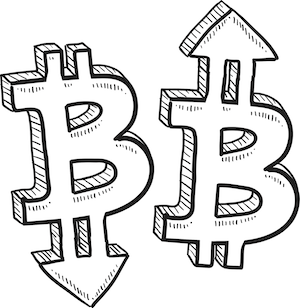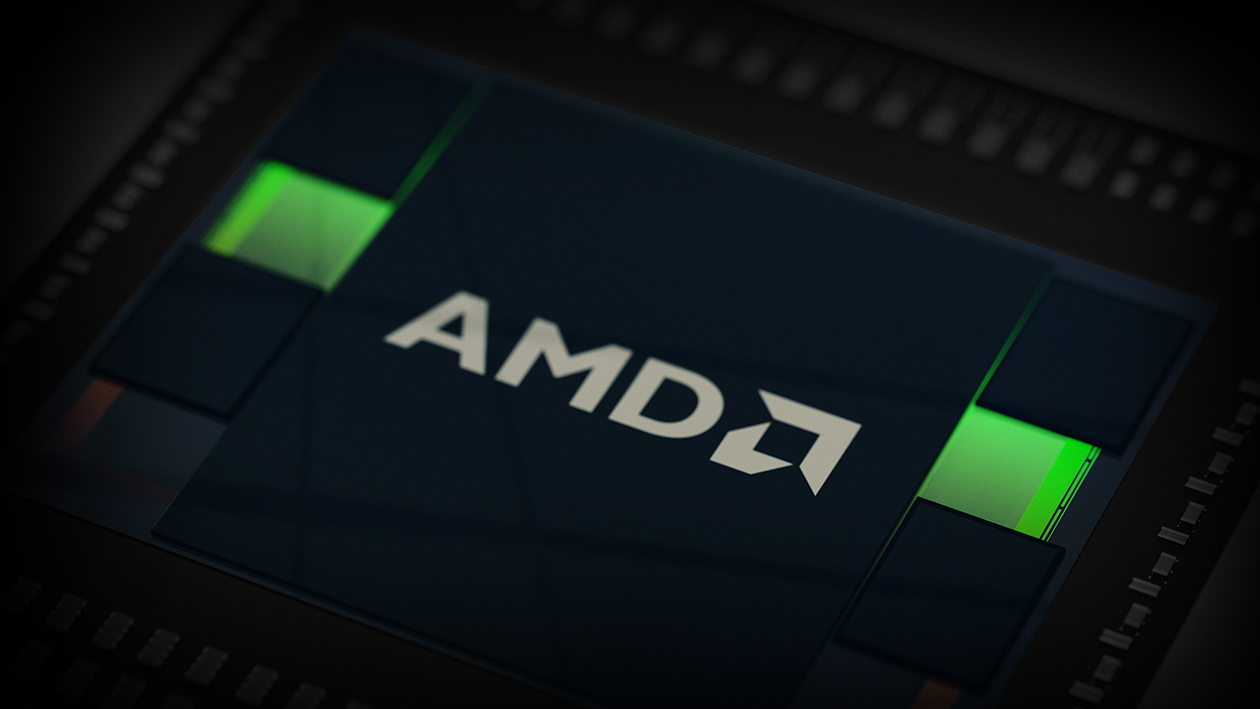by Ron Rimkus, CFA, CFA Institute
A craze is sweeping the nation. Indeed, it is sweeping the world. That craze is Bitcoins, the decentralized, encrypted digital currency, introduced in 2009. Bitcoins, which have a permanently fixed supply, are turning out to be a pretty big deal because of the stark contrast with our present (fiat) currency system — which thanks to central banker largesse is yielding a growing and seemingly endless supply of money (latest entrant to the game: Japan). Eventually, this rampant money printing risks triggering inflation, which destroys currency values.
So, to understand the recent Bitcoin binge, you need to understand inflation. Let’s consider what might happen if inflation applied to other facets of life . . . like sports.
Take basketball great Michael Jordan. On 20 April 1986, Jordan faced the Boston Celtics in a play-off game on national television. I’ll never forget that game. Watching Jordan school the great Larry Bird was something to behold. Specifically, I’ll never forget the number 63. That’s the number of points that Michael Jordan scored that night. It is indelibly etched in my mind as much as a symbol of his dazzling moves on the basketball court as for the achievement of scoring the most points in a single game by a Bulls player in history up to that point in time.
Now imagine that the NBA point system was regulated by a central bank — say, the US Federal Reserve. And let’s imagine that because of a loose “point” policy, the record books were rewritten each year and today show that Jordan scored only 28.4 points that day. What, you say?! How is that possible? (Especially the .4 part?) The answer: inflation. At a rate of just 3% per year, those points fell in value to just 28.4 over the ensuing 27 years. And 28.4 points no longer sounds like such a stellar performance, does it? This example is equivalent to sticking money in a mattress and letting inflation (created by the central bank) destroy its value.
Devaluing points in sports sounds downright absurd, of course. But the phenomenon is all too real when it comes to everyday money: The value of US$63.00 on 20 April 1986 is today worth only US$28.40.
Most governments throughout history have used gold (or some other tangible asset) to back their currencies. However, since the United States (and the world) departed from the gold standard in 1971, we have operated on a purely fiat system for money — meaning that money is not backed by anything tangible. Moreover, the record of many of these governments since then is grim. Loose monetary policy, dramatically weaker purchasing power, and an enormous buildup of debts today threaten substantial future inflation and financial instability.
Historically, there was not much anyone could do about this. But today, a bevy of independent currencies have sprung to life. Bitcoin is leading the pack and lives on the Internet, outside the domain or control of any one person or organization. Yes, some geek dreamed up a digital currency, wrote a program, and the darn thing is actually gaining traction. In fact, many commentators have been warning lately of a Bitcoin bubble, triggered at least in part by the actions of the European Union, the European Central Bank, and the International Monetary Fund, which laid down harsh terms in Cyprus that require owners of bank deposits to “bail in” the small nation’s troubled banks. Bitcoins have surged since that fateful day, increasing three-fold in value in just three weeks. Bitcoins now exceed $1 billion in total value.
How does it work? As with any foreign exchange transaction, a person holding local currency must first buy a foreign currency to transact in that currency. Bitcoin is foreign to everyone, so everyone must trade their local currency for Bitcoins through several Bitcoin exchanges that have cropped up around the world. These exchanges purchase Bitcoins, hold them in inventory, and sell them in exchange for the currencies of the world. In order to proliferate the system, new users download software onto their computers, enabling them to act as a node on the Bitcoin platform. In a process known as “hashing,” users’ computers compete to solve the mathematics of each transaction and thereby earn new Bitcoins.
The digital currency was created by an anonymous programmer, code name Satoshi Nakamoto. Bitcoins are remarkably sophisticated, both technically and financially. However, in order to assess Nakamoto’s creation, we must first consider what gives a currency its value. Currencies must be: a medium of exchange; durable and evenly divisible such that the quality of one unit is just as good as another; scarce such that they cannot be created at will; widely acceptable as payment to all participants for their goods or services; and used as a standard of market value, thereby enabling users of the currency to save money for later use.
In essence, currencies must be trusted by large numbers of people. However, in light of the recent history of fiat money (and the gross indebtedness of many nations), trust is rapidly eroding. So are Bitcoins a natural step in the evolution of money?
Let’s see how it stacks up point by point.
- Medium of Exchange. Because Bitcoins are accessible as payment through computers and mobile devices connected to the Internet, it acts efficiently as both a currency and a payment system. People trade their dollars, yen, euros, etc. for Bitcoins and can exchange (or save) them anonymously. So, among people using Bitcoins, they perform well as a medium of exchange.
- Durable and Divisible. As a digital currency, there is no risk of spoilage or breakage and, of course, each Bitcoin is of identical character and quality as the next. Moreover, because there is no central organization in charge of the currency (the system uses a distributed grid architecture) and because it uses highly sophisticated encryption, Bitcoins are reasonably durable over time. Consequently, the life of the system itself, as well as individually owned Bitcoins, should be extremely durable.
- Scarcity. The quantity of Bitcoins is capped at 21 million, so the currency truly is scarce. Outside of potential fraud, no government or organization can “print” more Bitcoins. Furthermore, each Bitcoin is divisible by up to 100 million. As the value of a Bitcoin grows, people can increasingly trade fractional amounts. So far, so good. Being forever capped at 21 million means, however, that if Bitcoins were accepted as a global fiat currency, they would cause ongoing deflation. This is a problem. More about that later. But this drawback is also the currency’s primary virtue. Being decentralized and limited, Bitcoins offer an enormous advantage over other currencies. Nobody is empowered to create more. This feature differentiates it not only from other digital currencies, but also from existing government-backed currencies, thereby enhancing its attractiveness.
- Widely Acceptable. Acceptance of the currency is contingent upon its adoption by many factions: consumers, businesses and other organizations, and employees. Unfortunately, Bitcoins are not (yet) currently widely acceptable, so it fails in this crucial area as well. Bitcoins do appear, however, to be gaining traction and are becoming more accepted each and every day.
- Standard of Market Value. So long as Bitcoin usage grows, its intrinsic value to society will grow — although its price in dollar or euro terms might fluctuate wildly. Of course, the risk that Bitcoins will be abandoned is still very real at this stage. And if their usage declines, even a little bit, their intrinsic value would decline markedly and fear would replace the present optimism about Bitcoins. Look out below! And if you think this is just theoretical, consider the fact that Bitcoins were “trading” at $17 in June 2011 and then traded down to as low as $0.01 just a few days later when it was revealed that hackers had stolen 25,000 Bitcoins at Mt. Gox, a Bitcoin exchange. Subsequently, the open source community made a fix to the system that helped to rectify the problem and improve the trust. Making the platform open source was an ingenious step taken by Nakamoto, because the community can respond promptly to security breaches.
Because Bitcoin is an alternative to government-run fiat money, a comparsion to the gold standard is most appropriate. How do Bitcoins compare to gold? While gold is naturally scarce, Bitcoins were created to be scarce and ultimately fixed at 21 million. Like gold, this scarcity helps to create value, particularly as the popularity of the Bitcoin platform grows. Because volume is fixed, the intrinsic value of Bitcoins will grow markedly. However, unlike gold, whose stock increases by about 1–2% thanks to the gold mining industry, Bitcoins will be capped. It turns out that growth in gold volumes is quite helpful to stabilizing the value of a currency backed by gold.
In contrast, though, Bitcoins will rise in value relative to goods and services, creating a marginal incentive to save rather than spend. For example, if my 10 Bitcoins today can buy me one iPad, maybe in six months they will buy me two iPads, and six months later they will buy me four. So clearly, a currency increasing in value can set in motion continuous deflation in the economy as people defer purchases out into the future. This problem is solved by having a currency that neither appreciates nor depreciates materially over time. Of course, this isn’t just speculation. Looking back to the performance of the gold standard, we observe periods of both inflation and deflation that were induced by fluctuations in the volumes of gold produced by the mining industry. If Bitcoins remain capped at 21 million, then deflation will be an inevitable result.
What are the other implications of Bitcoins becoming widely adopted? First, what would the credit and banking system look like? Under the gold standard, bank customers deposit their gold in bank vaults in exchange for earning interest. Because banks only require a portion of total gold deposits to be accessible for withdrawal at any given time (fractional reserve banking), they then lend out money in greater proportion than they own it and keep only a fraction in reserves, thereby earning a spread on the interest earned (on loans) and interest paid (to gold depositors). As the economy performs well, loans are paid in full and some early thereby replenishing capital at the banks enabling them to lower interest rates. As the economy weakens, repayment of loans is slower and banks must raise interest rates to replenish reserves. In contrast, under a purely digital currency like Bitcoin, it remains to be seen whether or not owners of Bitcoins would maintain their affinity for Bitcoins during times of stress like war, famine, or economic or social collapse. Clearly, one could argue that the people of the European periphery are undergoing a great deal of stress and social disorder. On the heals of the Cyrpus fallout, demand for Bitcoins clearly grew. While positive, it is much too early to suggest Bitcoin has passed the tipping point. This is a question not to be taken lightly.
The whole concept ultimately comes down to trust. Quoting Alan Greenspan:
Under a gold standard, the amount of credit that an economy can support is determined by the economy’s tangible assets, since every credit instrument is ultimately a claim on some tangible asset. But government bonds are not backed by tangible wealth, only by the government’s promise to pay out of future tax revenues, and cannot easily be absorbed by the financial markets. A large volume of new government bonds can be sold to the public only at progressively higher interest rates. Thus, government deficit spending under a gold standard is severely limited.
Likewise, if the people of the world moved to a “Bitcoin standard,” it would severely constrain the ability of governments to run large, persistent fiscal deficits. Consequently, governments the world over would be threatened by an independent currency. So if Bitcoin gains substantial traction, governments of the world will have a common enemy. Sun Tzu couldn’t have chosen a better rallying cry himself.
Is Bitcoin the new gold, or fool’s gold? Only time will tell.
Please note that the content of this site should not be construed as investment advice, nor do the opinions expressed necessarily reflect the views of CFA Institute.
Photo credit: Shutterstock/LHF Graphics
This article was originally published at the CFA Institute's Enterprising Investor Bog.














